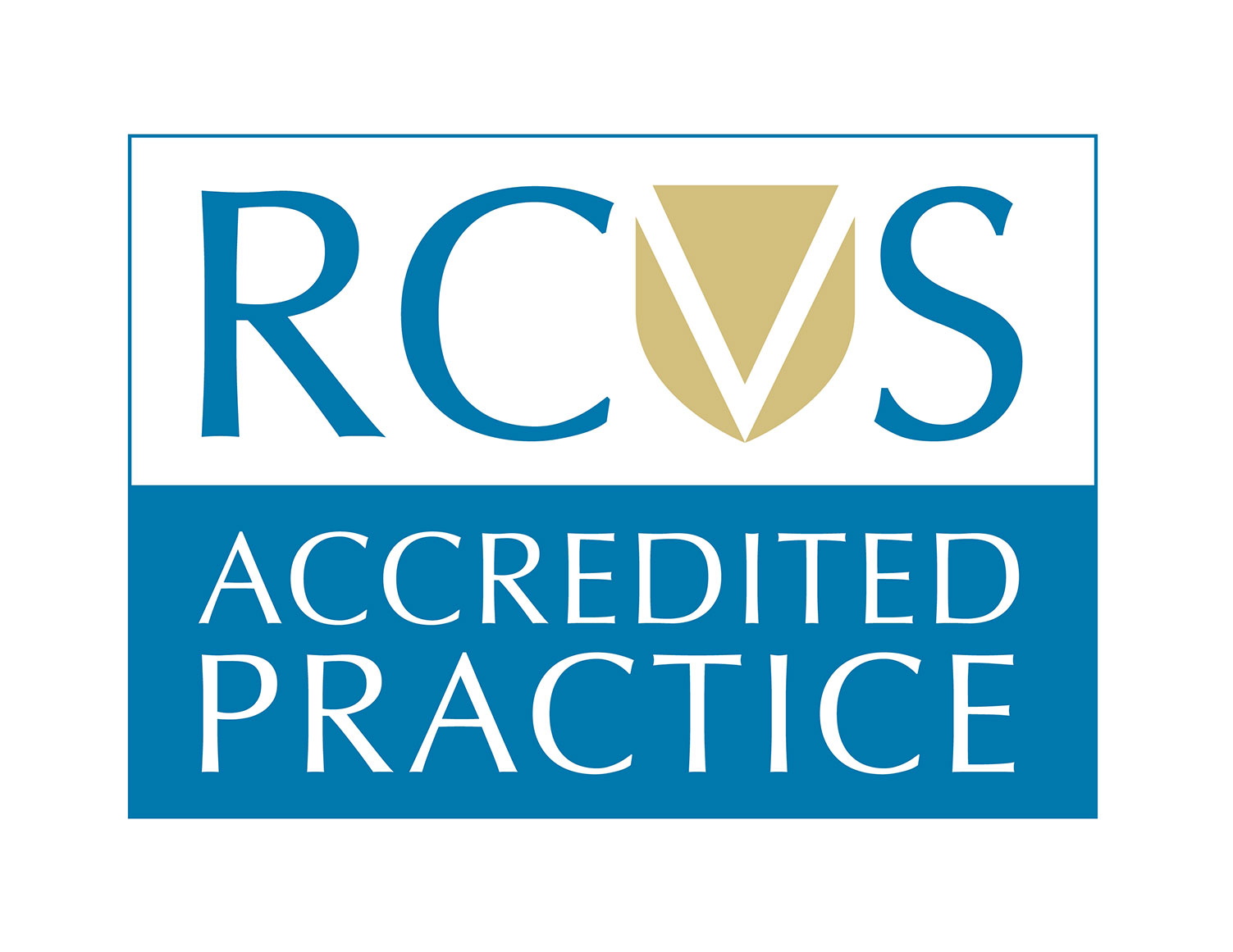Horses sometimes require general anaesthesia, either for a routine surgery such as castration, or for an emergency such as colic surgery or c-section. Often when horses need surgery, owners tend to give lots of attention to the procedure itself but forget about the anaesthetic risks. This guide focuses on equine anaesthesia, including the difficulties of general anaesthesia in horses, and what this involves.
Why General Anaesthesia Can be Difficult in Horses
No procedure is without risk, and that includes general anaesthesia. There are several reasons why general anaesthesia can be quite challenging in horses, which mostly relate to the sheer size and weight of the animal.
First of all, to perform a general anaesthetic the horse has to lie down. Particular care should be taken to ensure they don’t injure themselves while going down or even during recovery when they are trying to stand after surgery.
Also, the horse’s large size complicates anaesthesia. Since they are extremely heavy, when they are still under general anaesthesia for any length of time, the muscles on their underside can be squashed and the blood supply to them will be reduced.
When horses are lying on their back, their large stomach and hindgut could squash the lungs and make it more difficult for the horse to breathe.
Moreover, in a recent survey, it has been reported that cardiac arrest is one of the most common causes of death during general anaesthesia in horses.
What Does General Anaesthesia Involve?
For any surgical procedure, whether routine or in an emergency setting, there will always be a prepping phase. This will include placing an intravenous catheter into the horse’s jugular vein, giving the horse medication such as antibiotics and painkillers and clipping the surgical area.
Here are the two main phases of preparing a horse for general anaesthesia:
1. Pre-anaesthetic: This often includes giving the horse some sedation, which reduces anxiety. Then the horse is groomed, feet are covered, the tail is plaited or bandaged and the mouth is washed.
2. Induction of anaesthesia: Usually anaesthesia will be induced in a padded box, so that the horse will lie on a soft surface. The horse at this stage will be heavily sedated and once deep sedation is reached, some medication will be administered intravenously to make the horse completely unconscious.
Maintenance of Anaesthesia in Horses
Once the horse is under general anaesthesia, the horse needs to be taken into surgery and the required level of anaesthesia maintained. The horse will also be closely monitored throughout the surgery to minimise the risk of complications.
Once the horse is lying down unconscious, an “endotracheal tube” (a long hollow tube) is passed from the mouth through the larynx into the horse trachea or windpipe A cuff is blown up around the tube so it stays in place and the horse will then breathe only the gases that are supplied through the anaesthetic machine.
This is usually a mixture of oxygen and anaesthetic gas that will keep the horse “asleep”. An overhead hoist will be used to move the horse onto the operating table.
Positioning the horse correctly is very important, especially for long surgeries, to avoid anaesthetic myopathy. This is a common anaesthetic complication, where the muscles become swollen and painful as a result of poor blood supply during the operation. During surgery, the vet responsible for the anaesthesia will closely monitor the horse, making sure that vital parameters are always within normal ranges and also that the horse is kept at the required level of unconsciousness throughout the procedure.
Recovery After Anaesthesia
Even once the surgery itself is complete, the horse still needs to wake up and recover from the general anaesthetic. This carries a certain level of risk, and the horse still needs to be monitored during this stage.
Once surgery is completed, the horse will be hoisted into a padded recovery box. Usually, the horse is left alone in a quiet, dark environment to slowly wake up from the anaesthesia. The horse will also be constantly monitored from a safe distance.
Sometimes, the vets will give further sedative to aid a smoother recovery. The recovery phase of the anaesthetic is maybe the riskiest phase, as serious complications can occur. Occasionally, a horse may fracture a leg whilst trying to stand. When the horse comes around from the anaesthetic, its movements are unpredictable and it is dangerous for people close by.
When the horse is safely standing up and conscious the operation will then be considered successfully completed.
Equine Surgery at Avonvale Equine Vet Practice
Here at Avonvale Equine Vet Practice, we are an independent, equine-only veterinary practice. Our vets are highly qualified and experienced, equipped to carry out procedures under standing sedation or local anaesthesia where appropriate. Our experienced and dedicated team are on-site 24/7, so your horse will be closely monitored before, during and after anaesthesia.







.jpg)
